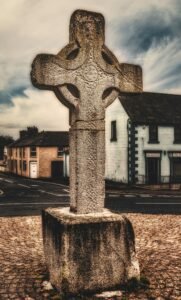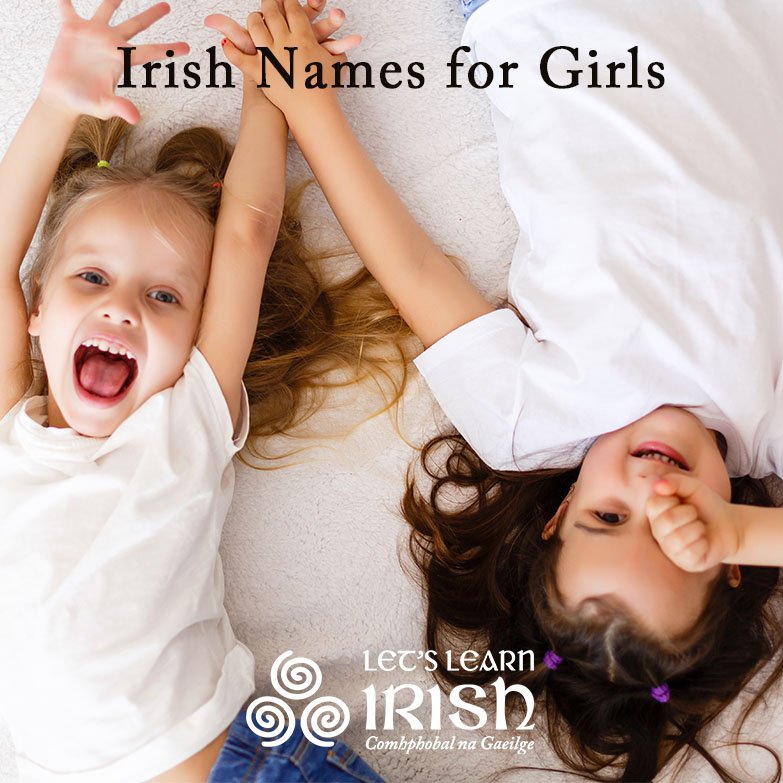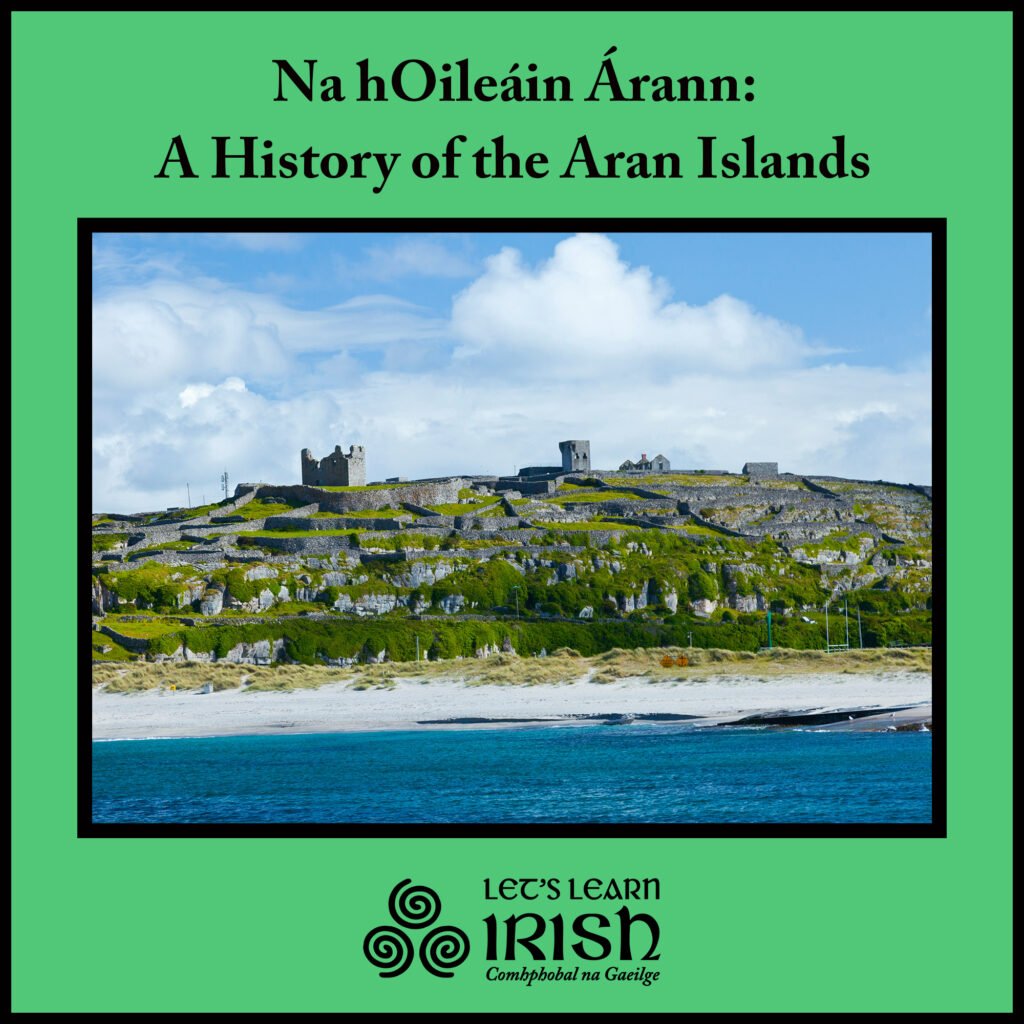St. Brigid’s Day, An Evolving Celebration

She might have been around at least half a millennium already, but her stock is now on the rise. Introducing St. Brigid, Ireland’s new (and oldest) feminist icon.
Of the three national Irish saints (along with Patrick and Columba), St. Brigid is the only female and calls back to a Celtic past that still informs the island. Not only does St. Brigid’s Day, or Lá Fhéile Bríde, mark the beginning of spring in Ireland, but as of February 2023, it is a national holiday celebrating the contribution of Irish women around the world.
To help pay tribute to the increasing honor given to this important figure, here’s a little background on St. Brigid’s Day, occurring on February 1st, as well as on the saint herself.
Who was St. Brigid?

Her name translated as “the exalted one,” she is accredited to being the saint for an impressive amount of causes, some of which include poetry, healing, protection and dairy production. Medieval accounts suggest that she started several convents in Ireland, including one in Kildare, where she is purported to have maintained a sacred fire. In fact, Brigid is believed to have founded the first convent in Ireland on Croghan Hill, Co. Westmeath.
Although medieval Irish hagiography asserts that Brigid was a real person born in 451 AD just north of Dundalk, Ireland, there is a debate among scholars as to whether she actually existed. Most of what has been recorded about her is anecdotal, contains many elements of the supernatural, and shares an uncanny resemblance to the Celtic goddess Brigid. The similarities are so striking, in fact, that the common assumption is that the Catholic church appropriated the legend of the Celtic figure.
Where did St. Brigid’s Day Come From?
 The original Brigid, assuming the similarities shared with the saint are not a coincidence, was a Celtic fire goddess. She was celebrated on Imbolc, one of four fire festivals in Celtic tradition (the other three being Bealtaine, celebrated on the first Monday in May, Lughnasa, on the first Monday in August, and Samhain, which eventually became Hallowe’en).
The original Brigid, assuming the similarities shared with the saint are not a coincidence, was a Celtic fire goddess. She was celebrated on Imbolc, one of four fire festivals in Celtic tradition (the other three being Bealtaine, celebrated on the first Monday in May, Lughnasa, on the first Monday in August, and Samhain, which eventually became Hallowe’en).
In Old Irish Imbolc meant “in the belly,” specifically referring to the pregnancy of ewes. Hence, considering how important sheep were in Irish culture, it became a natural fit to mark the first day of spring in Ireland as St. Brigid’s Day, the modern reworking on Imbolc.
How is St. Brigid’s Day Celebrated in Ireland?
Many traditions linked to St. Brigid’s Day persist in Ireland. One of the most well-known customs is to hang a Brigid’s Cross. Typically made of straw or rushes, it usually has four equal legs and a square center. In addition to being a national symbol for Ireland, the common ritual was to weave a new cross on St. Brigid’s Day and hang it from the rafters of the house until next year. Doing so was thought to invoke protection from the saint.
Not long ago the custom of Brigid’s Bed was still a regular occurrence in Ireland. Girls and unmarried women traditionally crafted a doll called a Brideog (“little Brigid”), as well as a bed for her to sleep in. On January 31st the girls from one parish or neighborhood gathered together to stay up all night with the doll. The next day they took it around the town, where it was welcomed into the households it was brought to.
During Celtic times, it was believed that Brigid walked the earth on the eve of Imbolc. Before retiring for the night, each member of the family put a strip of fabric or a piece of clothing outside for the goddess to bless. In the morning, the cloth was brought inside, believing to have now contained the power of healing or blessing. To pay tribute to the old ritual, sometimes one can still find scarves or hats in the hedges by someone’s house on St. Brigid’s Eve.
What Does St. Brigid’s Day Mean Now?
In some ways, it can be said that Brigid has made a third transition in Ireland, from Celtic goddess, to saint, and now to a feminist icon. Noting that there are no governmental (or “bank”) holidays celebrating women in Ireland, Herstory, an initiative to recognize women’s stories in the arts, began campaigning to make St. Brigid’s Day an official public holiday.
They were successful. Starting in 2023, the first Monday of February is now a bank holiday in Ireland, except when February 1st falls on a Friday, during which years it is celebrated on that Friday.
The establishment of St. Brigid’s Day as a public holiday marks an important recognition of Irish females’ contributions to the world, as well as how their place in society has been historically undervalued. Women had important roles in Celtic mythology and Medieval literature, and honoring St. Brigid’s Day is a gesture towards recognizing both that past and a future built on gender equality.
Join the online Irish community – beidh fáilte romhat!
Take a Course, join a Comhrá session or attend a Ceardlann.
For more, follow us @LetsLearnIrish – bígí páirteach!






